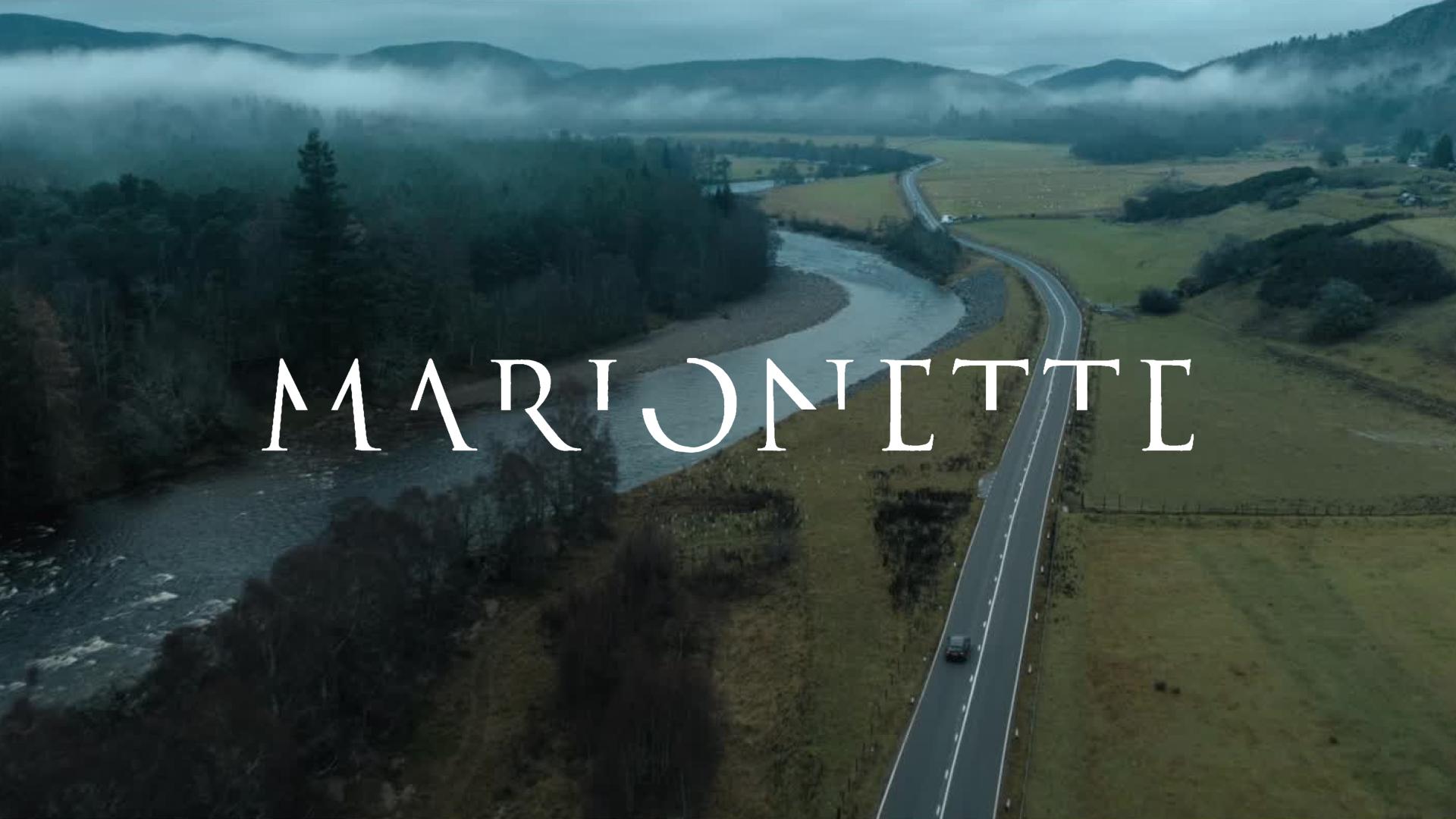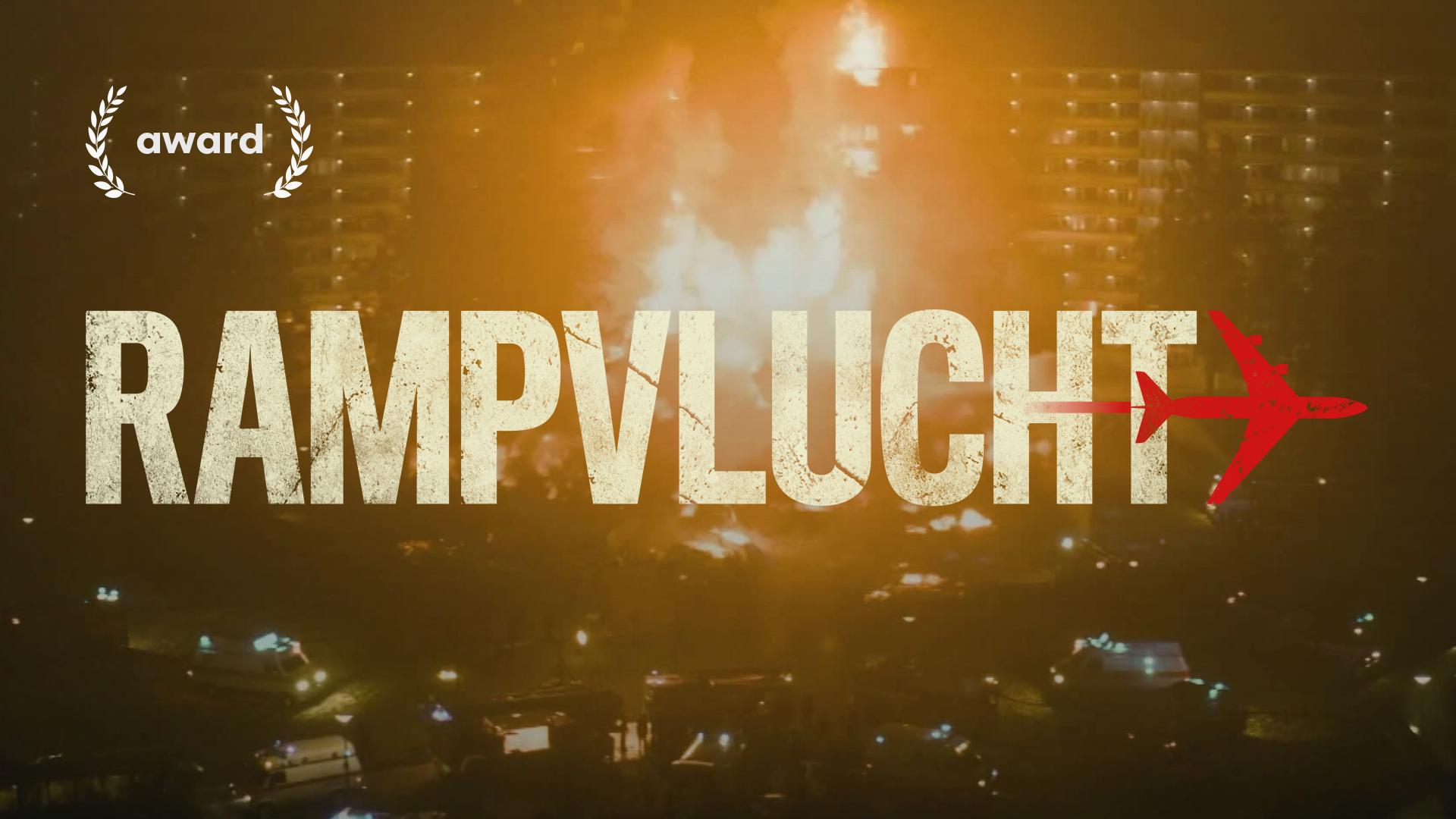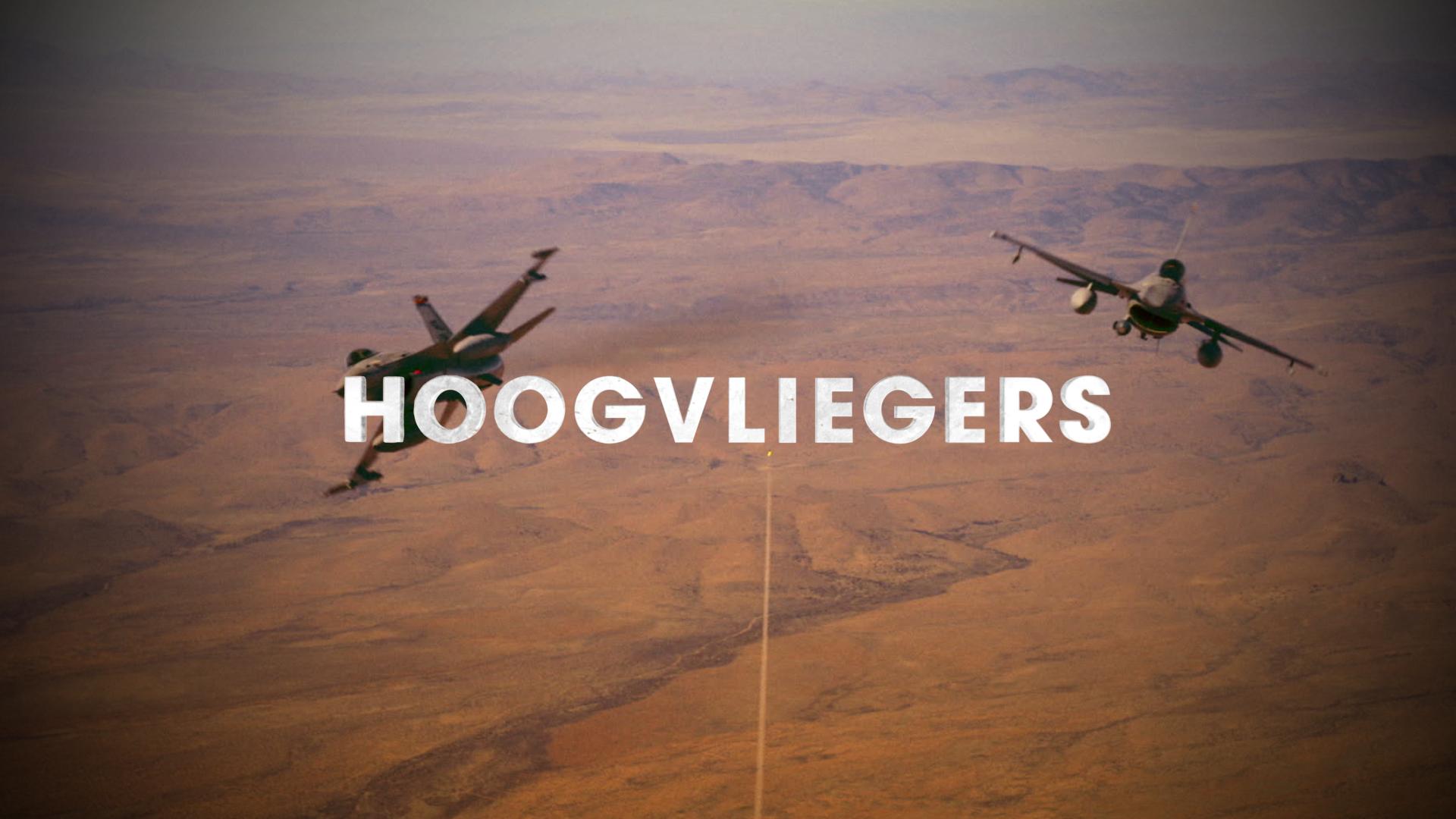
Virtual production played a significant role during the pre-production of 'Tailgate' (Bumperkleef). Planet X Technologies' VR platform DeepSpace was used to plan the complex logistics of shooting on a closed-down highway.
Stepping into a virtual version of a future film set allows the DOP and director to simulate a shooting day. Trying out different angles and lenses while covering long runs of action (that can be downloaded as Quicktime clips afterwards), provides ample footage for creating detailed previs. The results can be used to brief other heads of department or crew on all levels of involvement.
Using virtual production
The DOP of Bumperkleef, Bert Pot, NSC, was able to simulate a shooting day through DeepSpace by taking the camera, along with the actual set of lenses, ‘into the scene’ that was optimized for VR using Unity. Bert was able to choose different angles and lenses while running the scene over and over again, also having the possibility to ‘mount’ to each vehicle individually both outside and inside. Doors could be switched on or off on the car assets to allow more ‘space’ for the camera and operator, thus informing the production if something like that would be needed on the actual shooting day as well.
On the shooting day, the DeepSpace results were shared with the crew of stunt-and precision drivers. A B-unit shot 180° plate footage with a special mount linking 5 DSLR together and syncing their start/stop recording actions. The resulting footage was stitched and stabilized before entering the studio shoot which used the plates as background for the interior scenes with the actors. The advantage of image based lighting (the light that is emitted from the LED walls are bouncing back into the set and light the subject) as well as the freedom of focus and -to a certain extend- movement, was apparent for this production.
The precision drivers are instructed through advanced techvis created in DeepSpace. The complex logistics of the scene asked for careful planning and orchestration, as reset times were significant within a challenging shooting schedule. Stunt coordination by Stuntteam De Beukelaer, Marco Vermaas.


